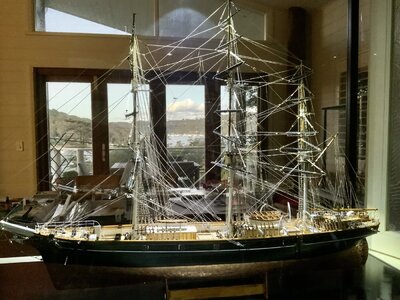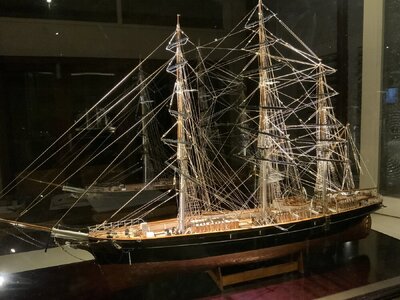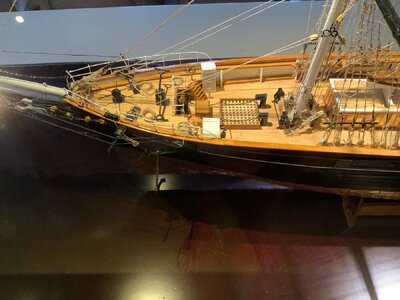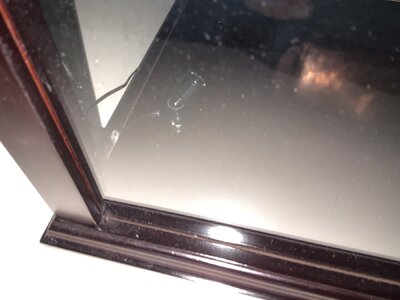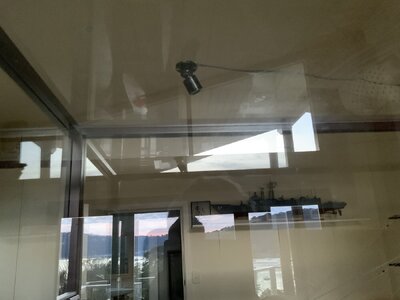Hemp was the second most used material in shipbuilding after wood
Hemp's high resistance to degradation from salt water and sunlight, and its natural UV protection makes hemp clothing perfect for the sun and sea. This high resistance to rotting and superior strength led to hemp's premier use in marine fittings throughout history.
In the 16th to 18th centuries, while intercontinental trade was booming, the fleets at the time were powered by the force of the wind. During this period (and up until the early 1900s), hemp was used to make the majority of all shipping sails, ropes, rigging, ladders, shrouds and nets. Hemp fibre was also mixed with tar and used to fill the seams between the planks of a wooden hull in order to make ships watertight (called 'caulking'). Sailors’ clothes were often made of hemp, lamps used hemp oil, crew ate protein-rich hemp seeds and captains kept the ship’s log on hemp paper.
Hemp was the second most used material in shipbuilding after wood. Sailing ships were dependent on canvas (the word 'canvas' is derived from 'cannabis') – a medium-sized vessel used 5 to 8 tonnes of hemp in the form of sails and 55 to 75 tonnes of hemp as ropes per year.
The hunger for the commodity was great. In 16th Century UK, Henry VIII passed an act compelling all landowners to sow 1/4 of an acre, or be fined. Ship captains were ordered to disseminate hemp seed widely to provide fibre wherever repairs might be needed in distant lands. Hemp seed was supplied to the First Fleet in Australia, and free seed was given to settlers to encourage cultivation.
Throughout history and across the world, hemp was grown extensively to provide materials for the naval fleets. Hemp played a crucial role in exploration and expansion ( Used extensively and only on this model)







